“Help!” I complained. “What is this plant? It’s taking over my garden!”
My friend, always a great resource, had once again come to my aid. “I think that’s pachysandra. Very invasive. Pretty little flowers and a great, fast-growing ground cover, but it takes over quickly. Worse than periwinkle and lily of the valley.”
“Okay. So now I know what it’s called — how do I control it? I mean, I inherited these plants from the previous owner. They weren’t much 10 years ago, but now they’re taking over.”
“You’ll have to dig it up, one plant at a time.”
“I tried,” I argued. “The roots of this plant are monstrous tubers that run the length and breadth of the garden. I dig, dig, dig, and there are still more roots, and the plants pop up again a few days later.”
“Dig in the spring when the tubers aren’t so monstrous,” she advised. “It looks like you’ve made some progress to stem the invasion.”
She pointed to a few bald spots in the garden and a huge mound of leaf mulch at one end. “What’s with the pile of leaves?”
“I mulched last autumn’s leaves and dumped them,” I explained. “I figured if I buried the plant, it would gradually wither away. I’ve had some success and the mulch is enriching the soil. It’s a natural mulch, too, not like the bags of stuff most people purchase at the garden centers.”
“True enough. My suggestion would be to continue mulching and allow the garden a few years to recoup, or put up with the invasive pachysandra. In spite of its vicious tuber system, it doesn’t strangle the other growth. The rhizomes may thicken over the summer months, but it’s a shallow root system.”
Look,” she pointed. “Your peonies are thriving. And your rhododendron bulbs are doing well. As a ground cover, pachysandra will keep the moisture in the soil for the droughts we’ve been suffering the past few summers.”
I let out a deep sigh. “Perhaps I’ll keep a small area of pachysandra and try to limit its spread to other areas.”
Related Post: Homestead Stories: The Story Behind Lungwort
Appearance and Unique Qualities
I stood quietly next to my friend studying the invasive plant. I had to admit, it did make a pretty ground cover for those hard-to-grow areas under trees. Better and more attractive than grass — with a dense mat of green foliage. The brief appearance of white and yellow flowers in the spring also added to its charm, and when in bloom, there was a delightful, faint jasmine-like scent.
How to Grow
Pachysandra is definitely an easy-to-grow plant, as long as it isn’t overwatered. Its rhizomes don’t appreciate sitting in soaking wet soil. If the plant is too wet, it’ll develop root rot and die so it survives in drought conditions and grows well in full shade or full sun, though it seems to prefer full shade.
Pests
Like any other plant, pachysandra has its problems, the most common being leaf blight. Spotting on the leaves is the first sign of this fungus and when it’s evidently infected, it’s best to avoid watering from above the plant as it causes splashing and quick spread of the fungus. Leaf blight won’t kill pachysandra, but it will weaken the plant.
Another blight common to pachysandra is the euonymus scale; a narrow, white insect that covers the leaves. It creates a waxy covering that feeds off the plant, eventually killing it. Due to the waxy covering, it’s difficult to control the infestation and it may be necessary to manually remove the scale as well as soaking the plant in an insecticidal soap.
Voles and moles digging around the plant’s roots can also damage and kill the plant, as they do to any garden plant.
Varieties
There are different varieties of pachysandra. Here are two of the more common ones.
Japanese Spurge Pachysandra Terminalis
An herbaceous perennial with distinctive glossy, whorls of evergreen leaves, and short spikes of white flowers that appear briefly in the spring. Very fragrant when in bloom. Spreads via underground runners, invasive, but forms a thick (up to 4 inches) of shrubby evergreen ground cover. Native to Japan, it is considered an exotic, but invasive plant in North America.
Variegate Japanese Spurge Pachysandra Terminalis
This one varies from the Japanese spurge in that its leaves are grayish-green and frosted with an irregular white rim. It also sports the familiar spikes of white flowers in the early spring.
It’s interesting because I thought my pachysandra grew yellow flowers. They’re so fleeting in appearance that you have to watch vigilantly. On closer examination, my so-called yellow flowers are white, but before dying off, they have a slightly yellow tinge.
Companion Plants
As my friend pointed out, this invasive plant was not a vindictive addition to the garden. In addition to my plants — that were obviously surviving in the pachysandra garden — other companion plants that grow well with this ground cover include primroses, cinnamon fern (another invasive plant of which I’m not particularly fond), and Hakone grass (a Japanese exotic plant). I’m sure there are others I will discover as I expand my garden domain.
Uses
Other than ground cover, there are some edible uses of the plant. The fruit (which appears after its flowers) is sweet and juicy and may be eaten raw or cooked. However, in order to cultivate the fruit, both male and female plants are required. I presume I only have one, as I’ve never seen any fruit on my pachysandra.
Conclusion
Why shouldn’t I enjoy my pachysandra? It’s deer and rabbit resistant — both scourges of my country property. It’s drought resistant, pest resistant, loves the shade, and is low maintenance. What more could I ask? For now, I’ve decided to allow my pachysandra to thrive. Well, at least in the shady area where it originated. As for the rest of the garden? We shall see.

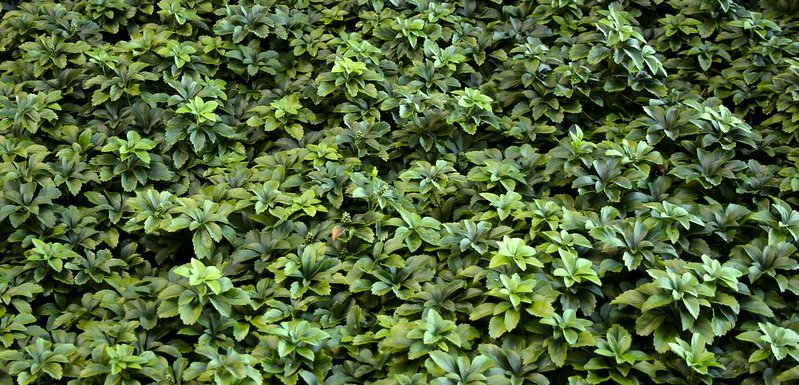
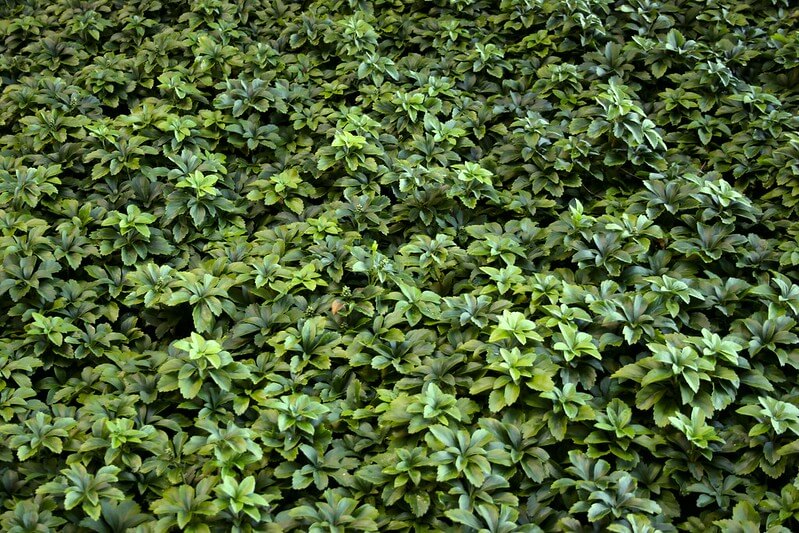
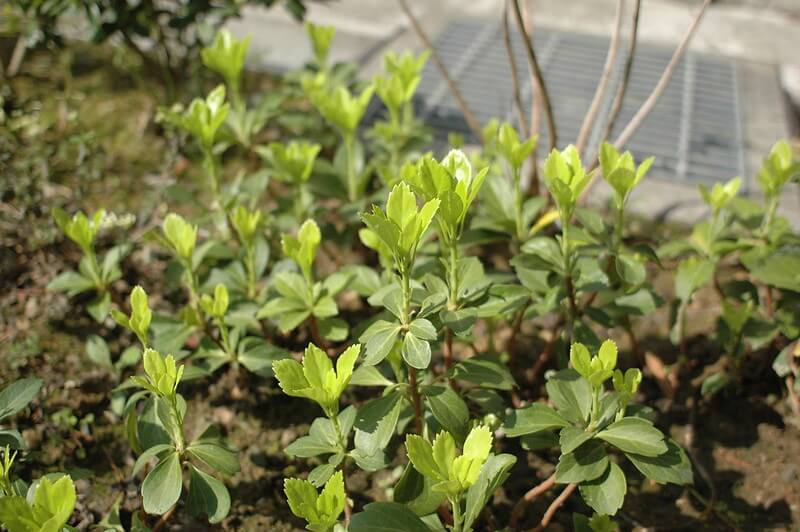
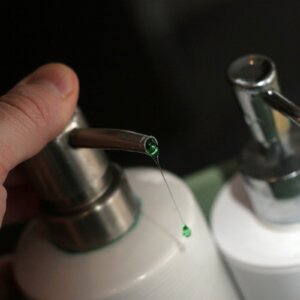
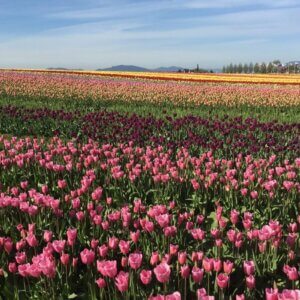
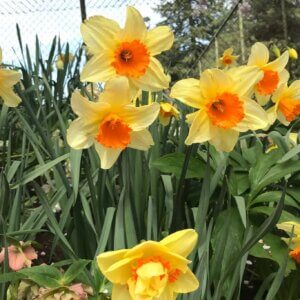
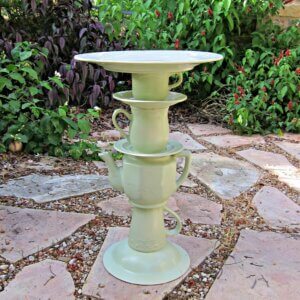
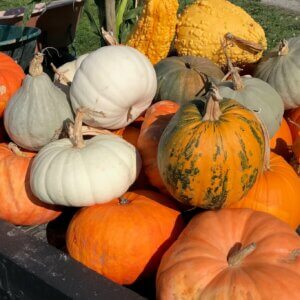

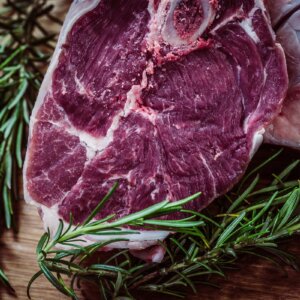

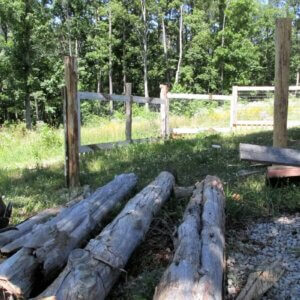
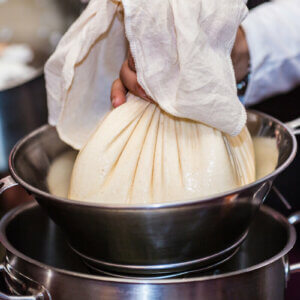
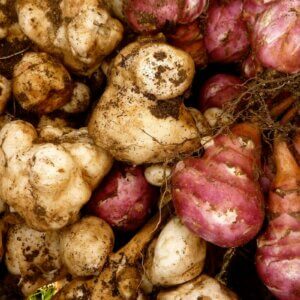


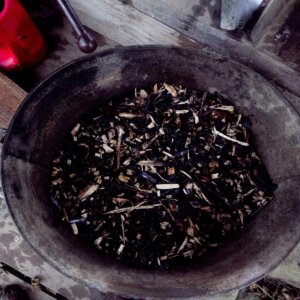
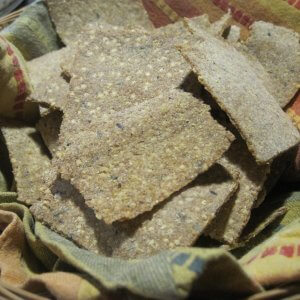


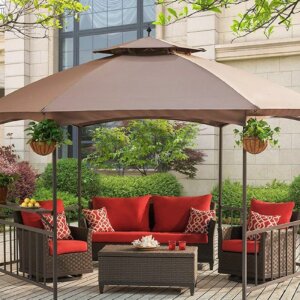



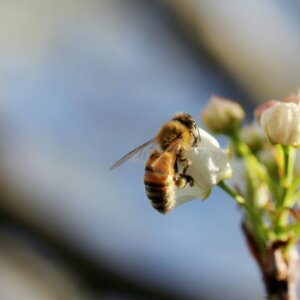

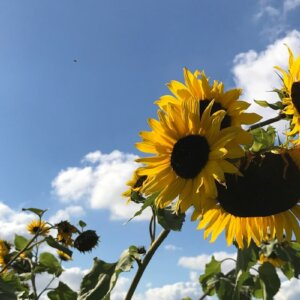

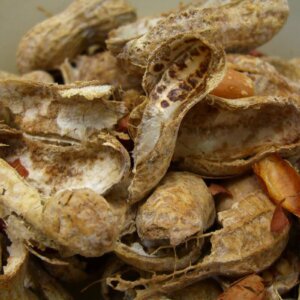



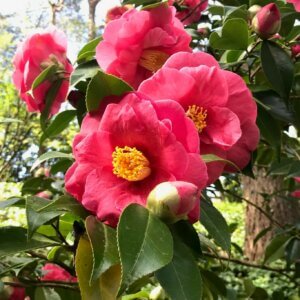

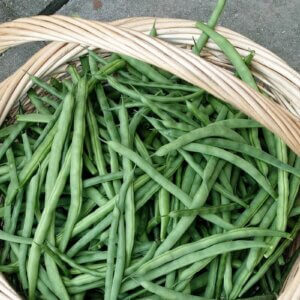
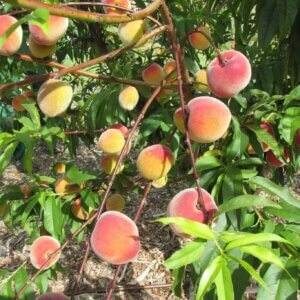
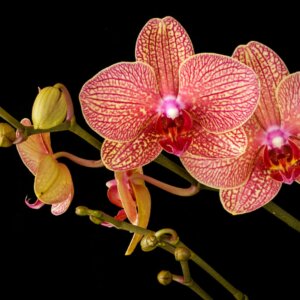
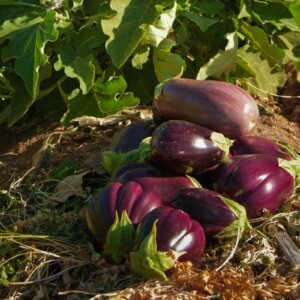

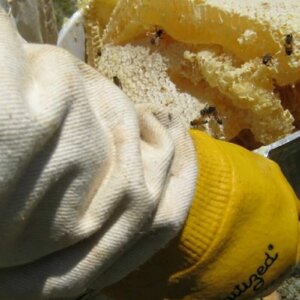

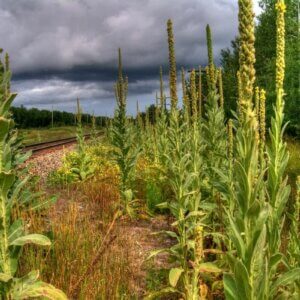
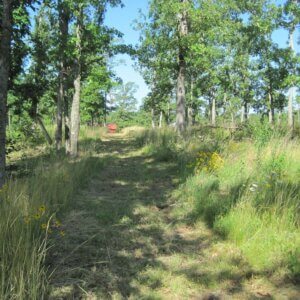
Best to eliminate Pachysandra – one of the greatest threats to biodiversity is from non-native invasive plants. Pachysandra may allow some other taller plants in your garden to remain, but the blanketed groundcover will choke out all other native herbaceous cover as well as and woody plant seedlings. Based on my observations of 25+ years of fieldwork as an Environmental Scientist, Pachysandra monocultures often escape residential yards and blanket adjacent forest floors, choking out native vegetation and compromising natural ecosystem function.
What about Appalachian splurge? It’s theoretically native to NC and exactly what we are looking for as a ground cover due to the shade from our 30 willow oaks?
Same question – I just ordered 32 plugs and plan to use the Appalachian splurge to replace Vinca